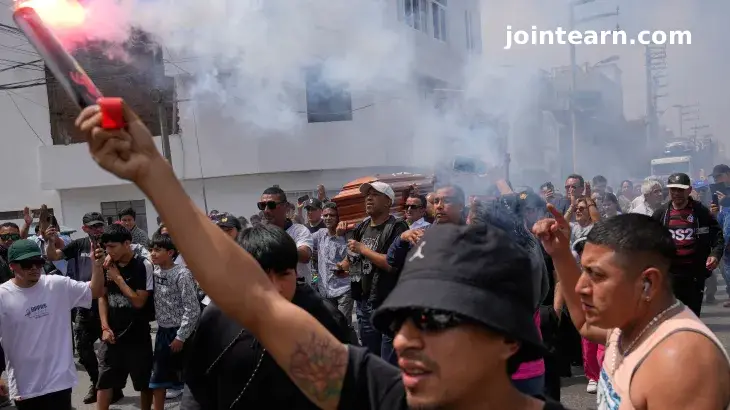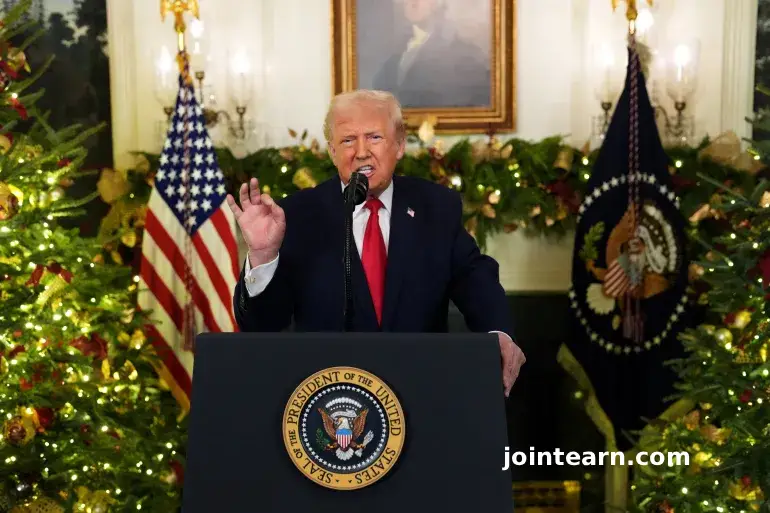
LIMA, PERU — Interim President Jose Jeri has declared a 30-day state of emergency in Peru’s capital, Lima, as violent protests and a dramatic rise in extortion-related crimes continue to shake the South American nation.
In a televised national address, President Jeri announced that the measure was necessary to restore order and combat a wave of unrest that has intensified since the removal of former President Dina Boluarte earlier this month.
“Wars are won with actions, not words,” Jeri said. “We are moving from defence to offence to protect our citizens and reclaim our streets from crime.”
What the State of Emergency Means
Under the state of emergency, the Peruvian government will deploy the army to patrol the streets of Lima and suspend several constitutional rights, including freedom of assembly and the right to protest.
The decree effectively gives law enforcement expanded powers to search, detain, and restrict movement, as authorities attempt to regain control of a city gripped by fear and frustration.
According to Al Jazeera’s Mariana Sanchez, reporting from Lima, the announcement came after six days of speculation about how Jeri’s interim government would address the worsening crisis. However, the decree did not specify how intelligence gathering would be improved to tackle the spike in organized crime and extortion.
Rising Crime and Violence in Peru
Peru’s escalating violence has reached alarming levels. Official figures show more than 18,000 extortion cases have been recorded in 2025 — a 30% increase from last year.
Between January and September 2025, police reported 1,690 homicides, up from 1,502 during the same period in 2024. Analysts link the surge to criminal gangs extorting small business owners, transport companies, and street vendors.
The killing of Paul Flores, a popular cumbia singer, in March this year underscored the crisis. His murder — during an apparent extortion attempt on a passenger bus — led to a previous 30-day state of emergency under Boluarte’s administration, though that measure failed to curb the violence.
Political Unrest and Protests Against Jeri
The new state of emergency also follows weeks of anti-government demonstrations, largely led by Gen Z activists demanding Jeri’s resignation and deeper reforms to address corruption and organized crime.
Tensions peaked last Thursday when protests turned violent, resulting in one death and more than 100 injuries, including police officers and journalists.
Jeri, who replaced Boluarte after her October 10 impeachment, has refused to step down, pledging to remain in office until July 2026, when new elections are scheduled.
“The state of emergency will lift constitutional rights, and people will not be able to protest,” said Al Jazeera’s Sanchez, noting that human rights groups have expressed concerns over the government’s heavy-handed response.
A Nation on Edge
As Lima braces for increased military presence, residents are divided. Some see the emergency as a necessary step to restore safety, while others fear it could erode democracy and suppress dissent.
Critics argue that the Peruvian government is treating civil unrest as a security threat instead of addressing underlying issues like unemployment, corruption, and inequality — factors that have fueled public anger for years.
Looking Ahead
President Jeri’s emergency declaration underscores the growing instability in one of Latin America’s fastest-urbanizing countries, where organized crime, economic uncertainty, and political division now intersect.
Observers warn that unless the government delivers tangible improvements in security, the unrest could spread beyond Lima, threatening broader national stability.


Leave a Reply